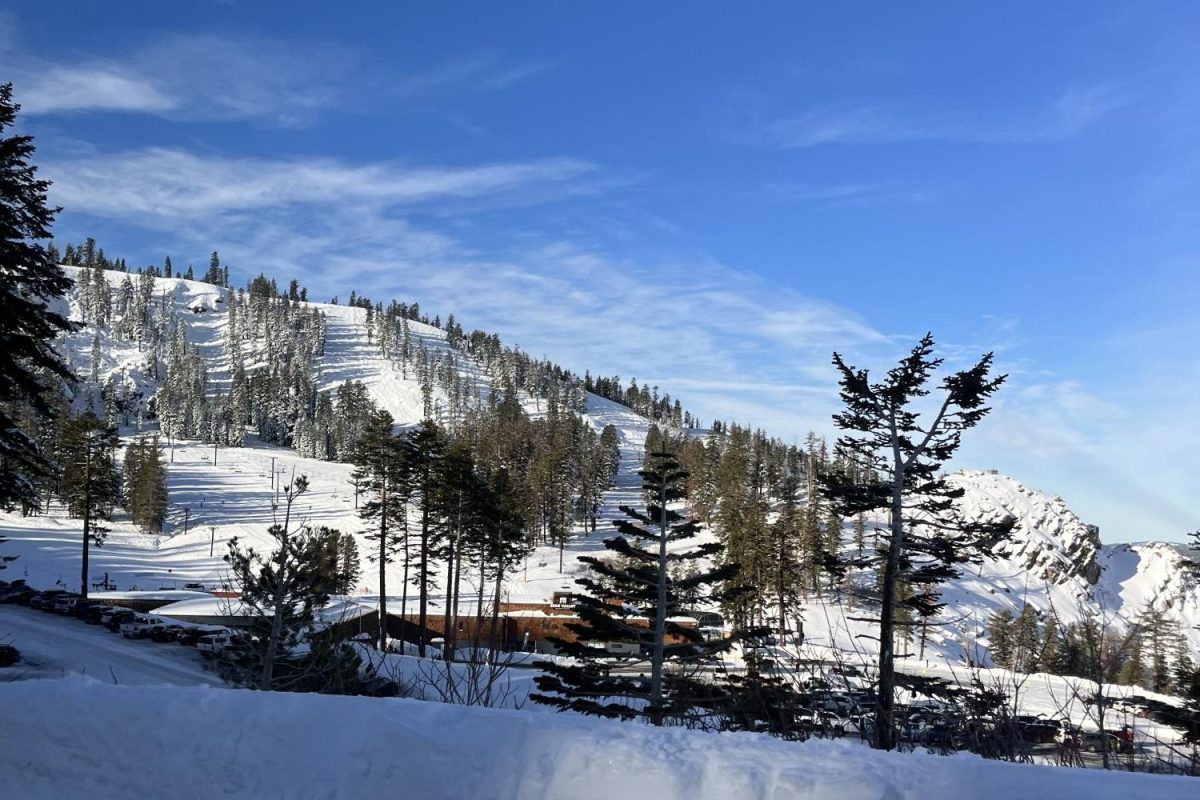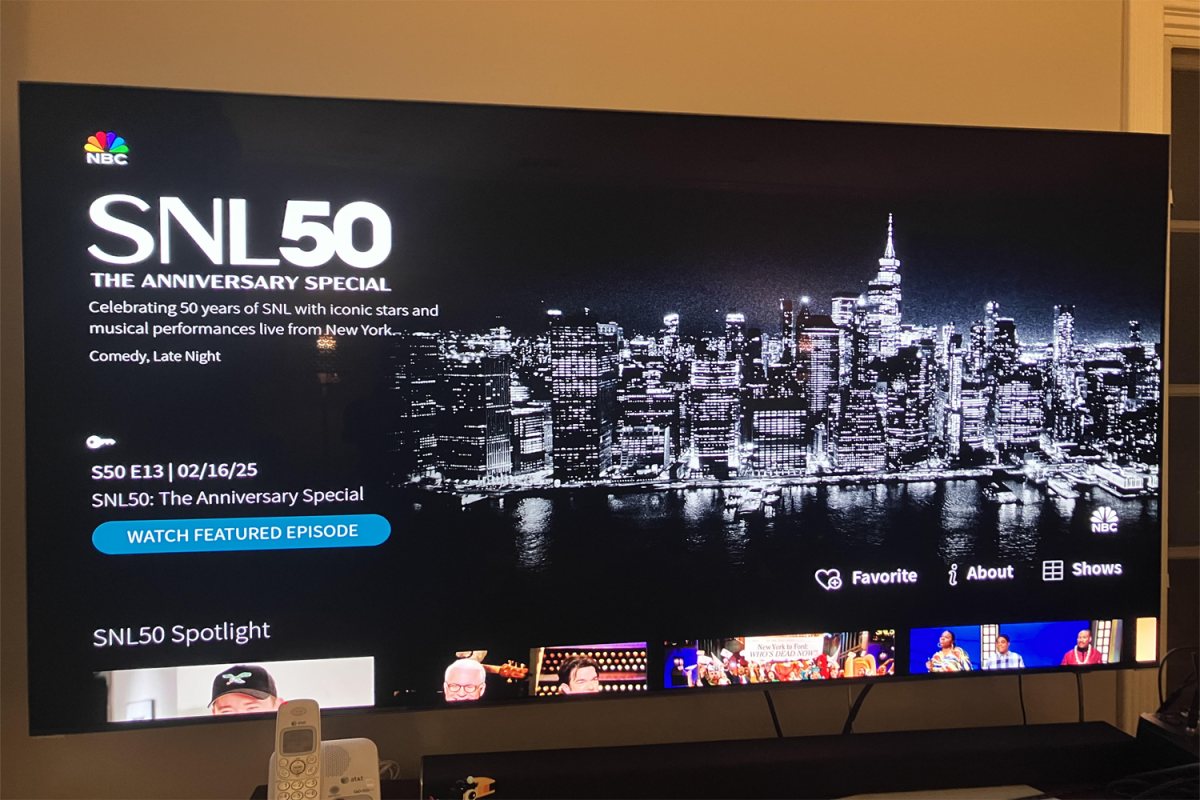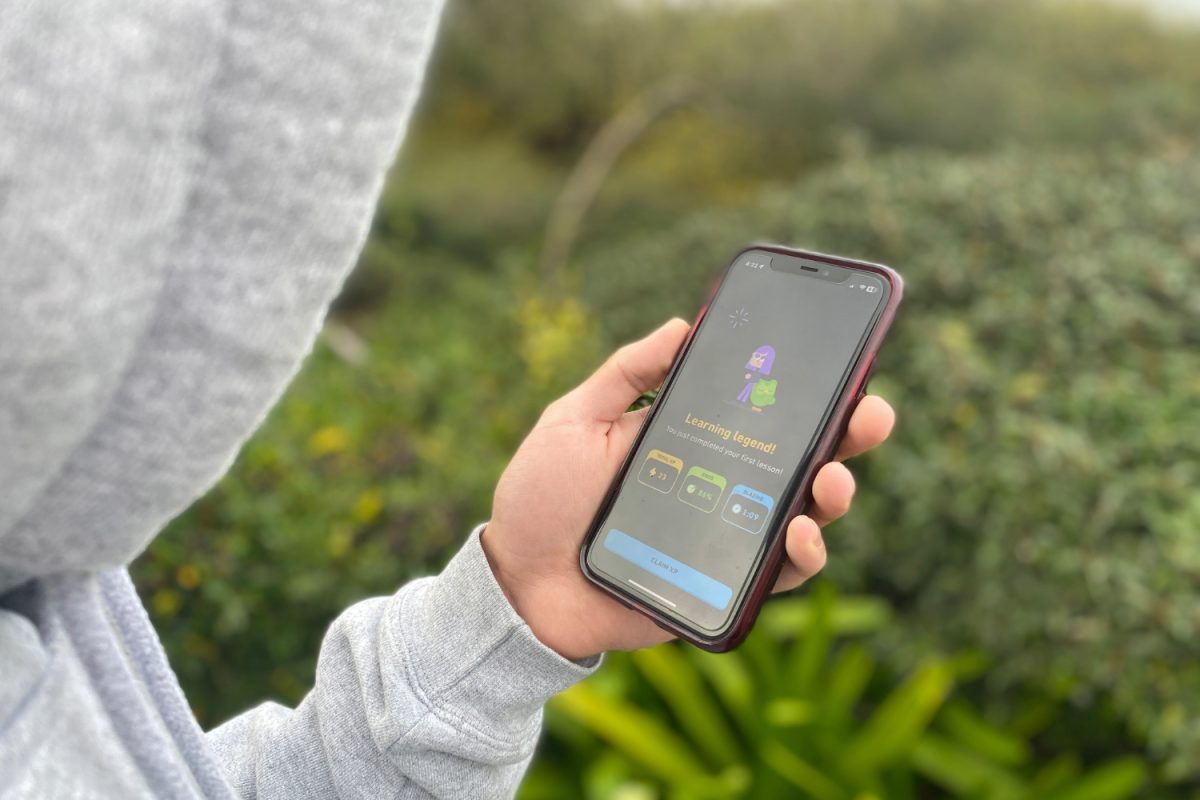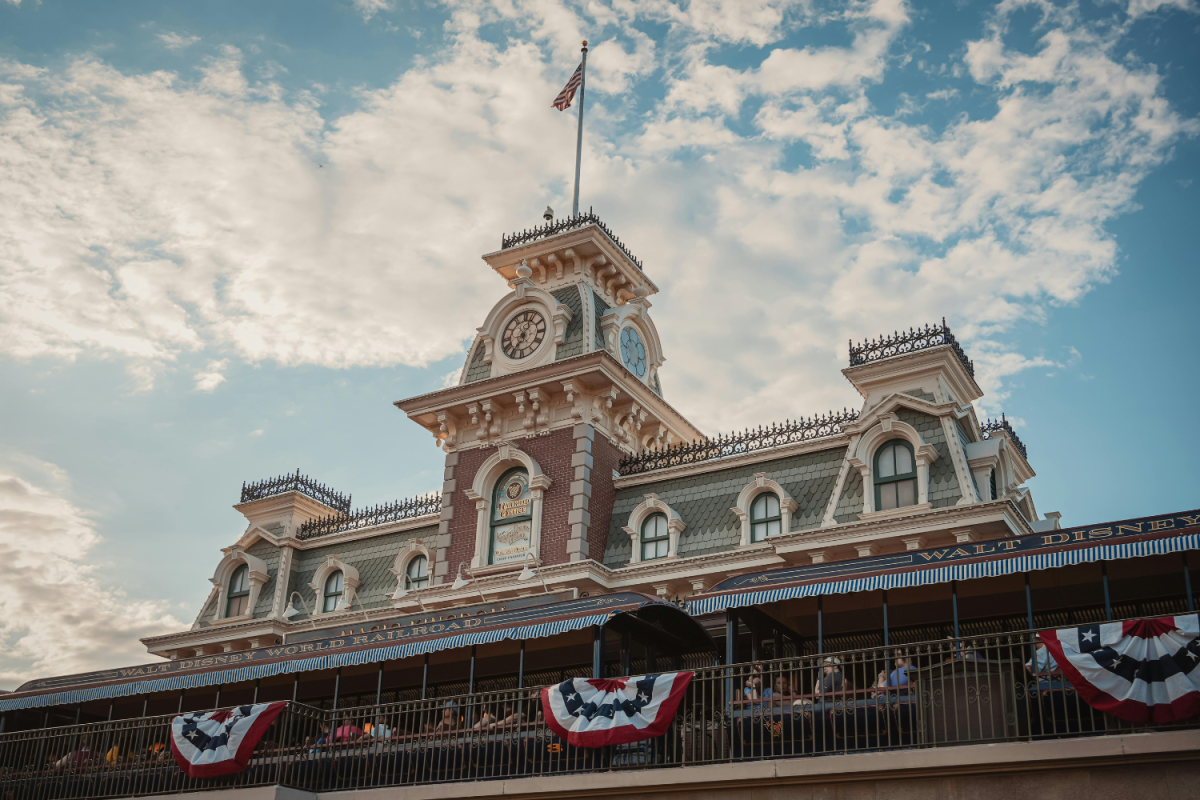Bright white blankets of snow coat Bear Valley Mountain, the sky a vibrant blue, providing a stark contrast against the landscape as hordes of winter athletes cover the mountain’s nine lifts and 122 trails.
According to Statista, skiing and snowboarding are the two most popular winter sports in the United States.
However, to enjoy these pastimes, people must face the crowds, the temperature, and the terrain.
“Winter sports are fun. I’ve been skiing before and recently tried snowboarding because I wanted to try different experiences in the snow,” said Chloe Harris, a Carlmont sophomore.
However, other obstacles, such as time, availability, and geography, can decide how much availability someone has for winter sports.
“I used to ski because my parents wanted to learn, and they would take me with them, but we stopped because my family doesn’t want to make the trip up to Tahoe anymore,” said Carlmont sophomore Rory Cloyd.
During the 2019-2020 ski season, there were 470 ski resorts in operation in the United States, with an estimated number of 51.1 million visitors during the 2017-2018 season, according to Statista.
People of varying ages cover the resort. Snowboarding instructor Ben Michaels states that there are various reasons why children may take a class.
“If they are young, it’s usually babysitting. But they are usually interested in the sport if they are older or have taken a class before,” Michaels said.
The two main winter sports, skiing and snowboarding, are very similar. Where skiing is more accessible for beginners but harder to excel at, snowboarding is more challenging to learn. According to Statista, there were 13.64 million alpine, downhill, Freeski, and Telemark skiers in the U.S. as of 2021 and 4.47 million cross-country skiers.
There are many kinds of skis. According to REI, the best way to choose the skis is to decide what terrain to ski. For downhill skiing, there are all-mountain skis, all-mountain wide skis, freestyle skis, powder skis, and backcountry skis.
All mountain skis are designed to handle most mountain terrain and are versatile. There are benefits to wider skis: they provide flotation on deep snow.
Freestyle skis combine skiing and acrobatics and can be used in various terrains.
Powder skis are thicker to help stay on top of the snow and are used on powder snow; they can also have other differences, such as a raised end. Backcountry skis are used for skiing outside a resort and usually feature different bindings.
“Skiing and snowboarding are enjoyable but have a steep learning curve,” Michaels said.












